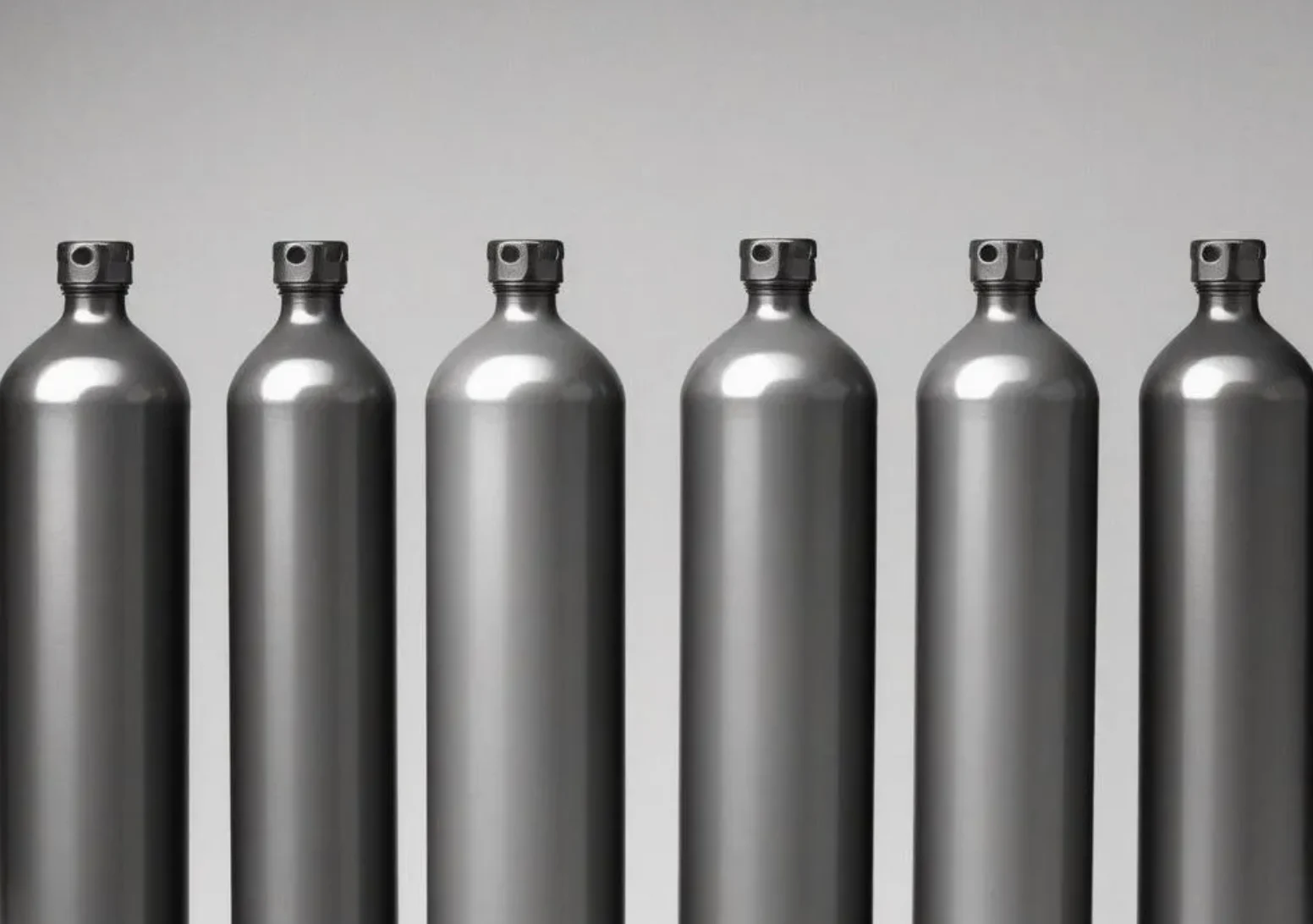The Alarming Risks, Hidden Dangers, and Irreversible Damage of Nitrous Oxide Abuse
The seemingly harmless image of “nangs” – those small, silver canisters of nitrous oxide often associated with whipped cream – masks a growing public health concern. What begins as a fleeting, euphoric high can quickly spiral into addiction, leaving users vulnerable to a range of devastating long-term health consequences. While often dismissed as a harmless party drug, nitrous oxide abuse is no laughing matter; it’s a serious issue with potentially irreversible and even fatal outcomes. The key to addressing this situation lies in education, honesty, and an urgent call for greater awareness of the risks.
Nitrous Oxide: From Medical Tool to Recreational Hazard
Nitrous oxide (N2O), commonly known as “laughing gas,” is a colorless, odorless gas with legitimate medical uses, primarily as an anesthetic and analgesic. However, the ease of obtaining nitrous oxide canisters (often marketed for whipped cream chargers), combined with its euphoric effects, has led to widespread recreational abuse, particularly among young people.
The short-lived high – lasting only a few minutes – is achieved through inhalation, often using balloons or whipped cream dispensers to access the gas. This quick high comes at a deadly price: it creates an immediate physical and psychological addiction.
The Illusion of Harmlessness: Why “Nangs” Are So Dangerous
The casual perception of nitrous oxide as a “harmless high” is dangerously misleading. While the immediate effects may seem benign, the long-term consequences of repeated abuse can be severe and irreversible:
- Vitamin B12 Deficiency: The Silent Killer: Nitrous oxide inhibits the absorption of vitamin B12, a crucial nutrient for nerve function, red blood cell production, and DNA synthesis. Chronic N2O exposure can lead to severe B12 deficiency, causing a cascade of neurological problems.
- Myelopathy and Neuropathy: Irreversible Nerve Damage: B12 deficiency-induced neurological damage can manifest as myelopathy (spinal cord damage) and peripheral neuropathy (nerve damage in the hands and feet). Symptoms can include numbness, tingling, weakness, difficulty walking, loss of coordination, and even paralysis. This damage can be irreversible, leaving individuals with permanent disabilities.
- Cognitive Impairment: Clouding the Mind: Prolonged nitrous oxide abuse can impair cognitive function, including memory, attention, and executive function. This can make it difficult to learn, work, and perform everyday tasks.
- Mental Health Crisis: Anxiety, Depression, and Psychosis: Nitrous oxide abuse is linked to an increased risk of anxiety, depression, and even psychosis, particularly in individuals with pre-existing mental health conditions. In some cases, these mental health problems can be severe and require long-term treatment.
- Reproductive Risks: Jeopardizing Fertility: Nitrous oxide exposure can negatively impact reproductive health in both men and women, potentially leading to infertility and birth defects.
- Sudden Sniffing Death Syndrome (SSDS): A Rare but Deadly Threat: In rare cases, nitrous oxide inhalation can lead to cardiac arrest or suffocation, resulting in sudden death. This risk is particularly high when nitrous oxide is inhaled in enclosed spaces or in combination with other drugs or alcohol.
Beyond the Statistics: The Human Cost of “Nangs” Abuse
While statistics paint a grim picture, it’s important to remember the human cost of nitrous oxide abuse. Individuals who have suffered from severe neurological damage due to “nangs” abuse often face:
- Chronic pain and disability
- Loss of independence and mobility
- Difficulties with employment and education
- Emotional distress and social isolation
These are real people who’s lives are being shattered
The Addiction Hook: Why “Nangs” Are More Addictive Than You Think
While nitrous oxide may not create the same intense physical withdrawal symptoms as opioids or alcohol, its psychological addictiveness can be remarkably strong. Several factors contribute to this:
- Rapid Onset of Euphoria: Nitrous oxide produces a quick and intense feeling of euphoria, which can be highly reinforcing, particularly for individuals who are seeking to escape stress, anxiety, or other negative emotions. This can be appealing because it is quick and can help escape what they are dealing with.
- Dopamine Release: The Reward Pathway Hijack: N2O triggers the release of dopamine, a neurotransmitter associated with pleasure and reward, in the brain. This reinforces the behavior and creates a craving for more. This is a powerful pathway and a main factor for addiction.
- Dissociative Effects: Escaping Reality: Nitrous oxide can produce dissociative effects, causing users to feel detached from their bodies and their surroundings. This can be appealing to individuals who are struggling with trauma, anxiety, or other mental health issues and see the world in a dark way.
- Conditioned Associations: Triggers and Cravings: Repeated use of nitrous oxide can create conditioned associations between the drug, specific environments, people, or situations. These triggers can then lead to intense cravings, even when the user is not actively seeking the drug. To counter this, it is best to address the addiction and find other measures that don’t have as severe side effects.
Recognizing the Signs: How to Tell if Someone is Abusing “Nangs”
Provide a list of warning signs:
- Empty nitrous oxide canisters or whipped cream dispensers.
- Missing or stolen whipped cream chargers.
- Changes in mood or behavior.
- Social isolation.
- Frequent purchases of whipped cream.
- Secrecy or lying about their activities.
- Physical symptoms like dizziness, coordination problems, or numbness in the extremities.
What Can Be Done?
It is important to have the education on the problem.
- There is support to the problems that are coming.
- Be mindful.
- Seek information from medical doctors.
There are only so many things to be offered so to be able to follow to prevent is best!
You are not alone if you find yourself stuck or struggling. There are people who love and care about you and what is to be of you!
